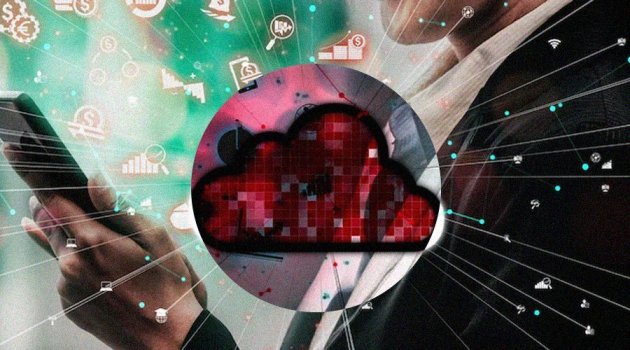K
Kathleen Martin
Guest
Edge computing technology in business is catching up dominance like wildfire
Edge computing is a component of a distributed software topology in which information processing is positioned near the edge. It is where objects and people produce or absorb information. It exemplifies Infrastructure-Led Disruption since it permits numerous new business outcomes.
To remain competitive, Infrastructure and Operations (I&O) leaders must get ahead of this trend by speeding the enterprise’s efficient deployment of an expanding spectrum of edge computing use applications.
What Is Edge Computing?
Understanding what the edge entails is the first move in developing your own edge strategy. However, the notion of edge computing is somewhat ambiguous, with enterprises frequently determining exactly what forms ‘the edge’ based on their own computing systems and specific organisations.
Having said that, the core premise of edge computing remains the same: bringing compute and data storage closer to datasets, which in turn accelerates processing time and enhances data-related output.
Edge Computing in Business
Identify Edge Computing Use Cases
Edge computing applications are tremendously diverse, occurring in many regions of the company and with various goals. An awareness of edge computing drivers, objectives, and existing deployments should be part of an edge computing framework.
It should also have a mechanism for proactively identifying possible applications and appropriately recognising existing use cases.
Identify the precise enterprise requirements that edge computing can address in terms of latency, information, semi-autonomy, and privacy. Determine which existing technologies and installations should be incorporated in the edge computing plan. Identify possible edge computing use instances that can be handled proactively and jointly with business units.
Focus on Edge Computing Challenges
Edge computing introduces new hazards that must be mitigated as well as new obstacles that must be conquered. An edge computing approach must keep these in mind. Different industrial verticals may face distinct edge difficulties or hazards that must be addressed.
However, the great majority of companies face four edge computing hurdles: distributed computation, privacy and security, distributed data, and flexibility.
Identify the risks, obstacles, and impediments that must be overcome and mitigated, and spend specific attention on those challenges in the areas of management, investment, and capabilities on a continuing basis.
Continue reading: https://www.analyticsinsight.net/embracing-edge-computing-technology-in-business-in-2022/
Edge computing is a component of a distributed software topology in which information processing is positioned near the edge. It is where objects and people produce or absorb information. It exemplifies Infrastructure-Led Disruption since it permits numerous new business outcomes.
To remain competitive, Infrastructure and Operations (I&O) leaders must get ahead of this trend by speeding the enterprise’s efficient deployment of an expanding spectrum of edge computing use applications.
What Is Edge Computing?
Understanding what the edge entails is the first move in developing your own edge strategy. However, the notion of edge computing is somewhat ambiguous, with enterprises frequently determining exactly what forms ‘the edge’ based on their own computing systems and specific organisations.
Having said that, the core premise of edge computing remains the same: bringing compute and data storage closer to datasets, which in turn accelerates processing time and enhances data-related output.
Edge Computing in Business
Identify Edge Computing Use Cases
Edge computing applications are tremendously diverse, occurring in many regions of the company and with various goals. An awareness of edge computing drivers, objectives, and existing deployments should be part of an edge computing framework.
It should also have a mechanism for proactively identifying possible applications and appropriately recognising existing use cases.
Identify the precise enterprise requirements that edge computing can address in terms of latency, information, semi-autonomy, and privacy. Determine which existing technologies and installations should be incorporated in the edge computing plan. Identify possible edge computing use instances that can be handled proactively and jointly with business units.
Focus on Edge Computing Challenges
Edge computing introduces new hazards that must be mitigated as well as new obstacles that must be conquered. An edge computing approach must keep these in mind. Different industrial verticals may face distinct edge difficulties or hazards that must be addressed.
However, the great majority of companies face four edge computing hurdles: distributed computation, privacy and security, distributed data, and flexibility.
Identify the risks, obstacles, and impediments that must be overcome and mitigated, and spend specific attention on those challenges in the areas of management, investment, and capabilities on a continuing basis.
Continue reading: https://www.analyticsinsight.net/embracing-edge-computing-technology-in-business-in-2022/

